The Barber’s Playbook: How to Actually Get the Haircut You Want
After thousands of haircuts, you start to see things differently. Standing behind the chair all day, you learn the feel of different hair types, the unique curves of a person’s head, and you see firsthand how a great cut can totally change the way someone carries themselves. This isn’t about jumping on every new trend. It’s about craft—the kind that makes a haircut fit the person who’s wearing it.
In this article
A killer short haircut is more than just tidy. It’s a piece of your personal style, but it has to be built on a solid foundation.
So many guys walk in, show me a picture on their phone, and say, “I want this.” And hey, that’s a great starting point! But the real magic happens when we can speak the same language. Once you understand the basic terms and, more importantly, the why behind them, you’re on your way to getting a haircut you love every single time. Let’s break down the stuff I teach my apprentices—the real insider info.
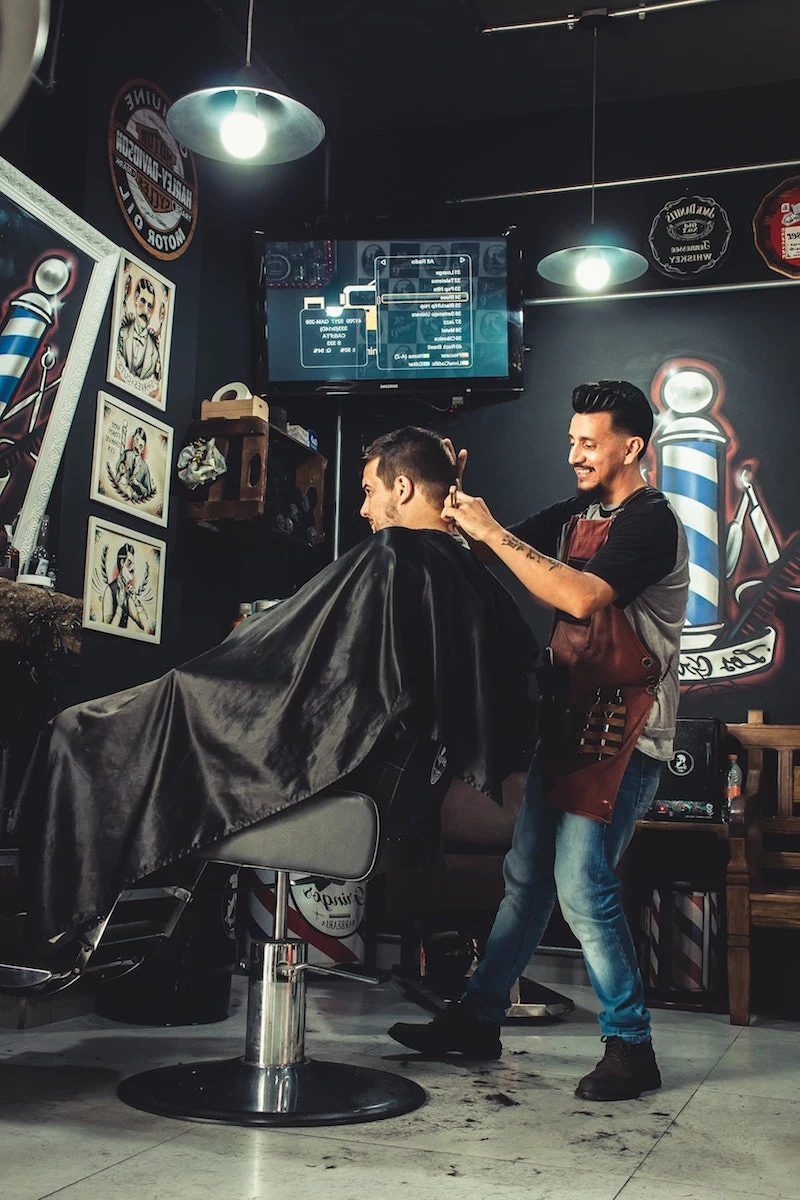
Beyond ‘Short on the Sides’: Talking Like a Pro
Let’s be real, saying you want it “short on the sides and longer on top” is what everyone says. It’s a start, but it leaves way too much up to your barber’s imagination. To me, that could mean a hundred different things. Learning a few key terms turns a guessing game into a genuine collaboration.
The Fade: A Masterclass in Blending
The fade is the absolute cornerstone of modern barbering. It’s all about a super-smooth progression from short hair to longer hair. The two big questions are: how short does it start, and where does the blend happen? This is all about the clipper guards, which are numbered attachments that determine the length of hair left behind.
- Clipper Guards 101: It’s pretty simple. A
1 guard leaves 1/8 inch of hair. A
2 leaves 1/4 inch, a
3 leaves 3/8 inch, and it goes up from there. A
8 guard is a full inch. Knowing these numbers helps you get specific about what you want. Oh, and some old-school barbers might talk in “finger lengths,” which is a more traditional, less precise way of talking about scissor cuts on top. It’s good to know, but guards are the language of fades.
- The “Zero” or No Guard: This is where things get really short. Using the clippers with no guard cuts the hair right down to the scalp. There’s a little lever on the side of the clippers that lets us go from “closed” (the absolute shortest stubble) to “open” (a tiny bit longer, like a 0.5 guard).
- Skin Fade (or Bald Fade): This is the sharpest look you can get. We start with a foil shaver or straight razor at the very bottom, taking the hair down to smooth skin. From there, we meticulously blend upwards. A well-done skin fade has zero visible lines. Heads up, though: this style looks its absolute best for about a week to ten days before new stubble starts to soften the effect. Aftercare is important here, too. Since your scalp is exposed, throw a little moisturizer on it and don’t forget sunscreen if you’ll be in the sun!
- Shadow Fade: A slightly less dramatic option. Instead of starting with bare skin, this fade begins with short stubble (like a “closed” zero). It creates a dark, shadowy look at the base, which is where it gets its name. It’s a fantastic choice if you find skin fades sometimes irritate your scalp.
- Low, Mid, and High Fades: This just describes where the fade starts on your head. A low fade begins its blend right above the ear, following a more natural hairline. A high fade takes that shortest length way up your head, creating a much bolder, more dramatic look. And a mid fade? You guessed it—it sits right in the middle. The best choice really depends on your head shape and what you’re doing with the style on top.
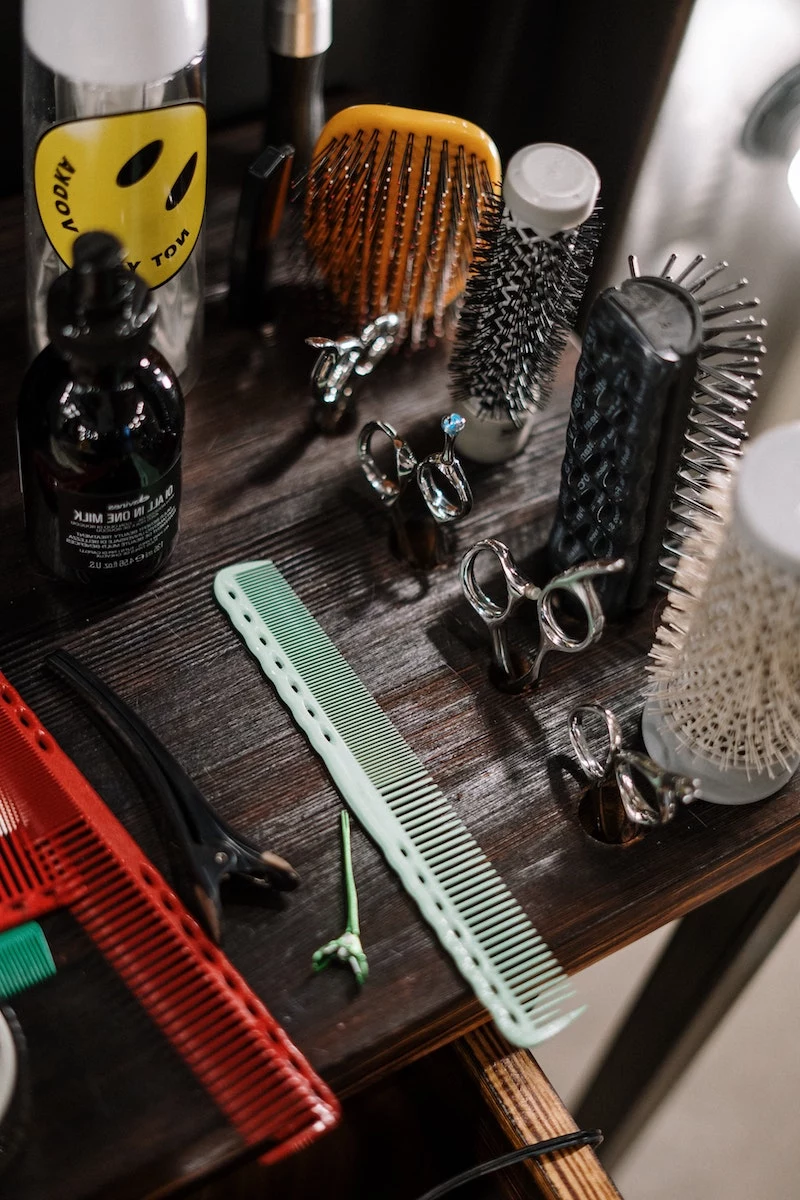
The Taper: The Classic, Clean Finish
Okay, a lot of guys get these two mixed up, but a taper and a fade are definitely not the same thing. A taper is the fade’s more traditional cousin. Think of a classic businessman’s cut—that’s a taper. The goal is a clean, natural-looking graduation of length, usually done with both clippers and scissors, especially around the ears and neckline. It doesn’t have that stark, skin-to-hair contrast of a fade. The big win for the taper is how well it grows out; it looks neater for longer because the transition is much more subtle.
The Undercut & The Disconnect
These terms are all about how the long hair on top meets the short sides. An undercut is really any style where the top is much longer than the sides and back. But today, the term usually means a style with a pretty dramatic difference in length.

A “disconnected” undercut takes it a step further. There’s no blend, no taper, no fade—just a sharp, clean line separating the short sides from the long top. It’s a bold statement that looks awesome with slicked-back styles or pompadours. Just be aware, the grow-out phase can be a bit awkward when the top starts flopping over the short sides.
Why Your Hair Isn’t Like The Guy’s in the Picture
I can teach someone the mechanics of a fade in a few weeks. It takes years to learn how to actually read hair. Your hair’s unique texture, density, and growth patterns are way more important than that celebrity photo you saved.
Texture: Fine, Medium, or Coarse?
Texture is about how thick each individual strand of your hair is. If you roll a single strand between your fingers and can barely feel it, you’ve got fine hair. If it feels like a piece of thread, it’s coarse. Most people are somewhere in between.
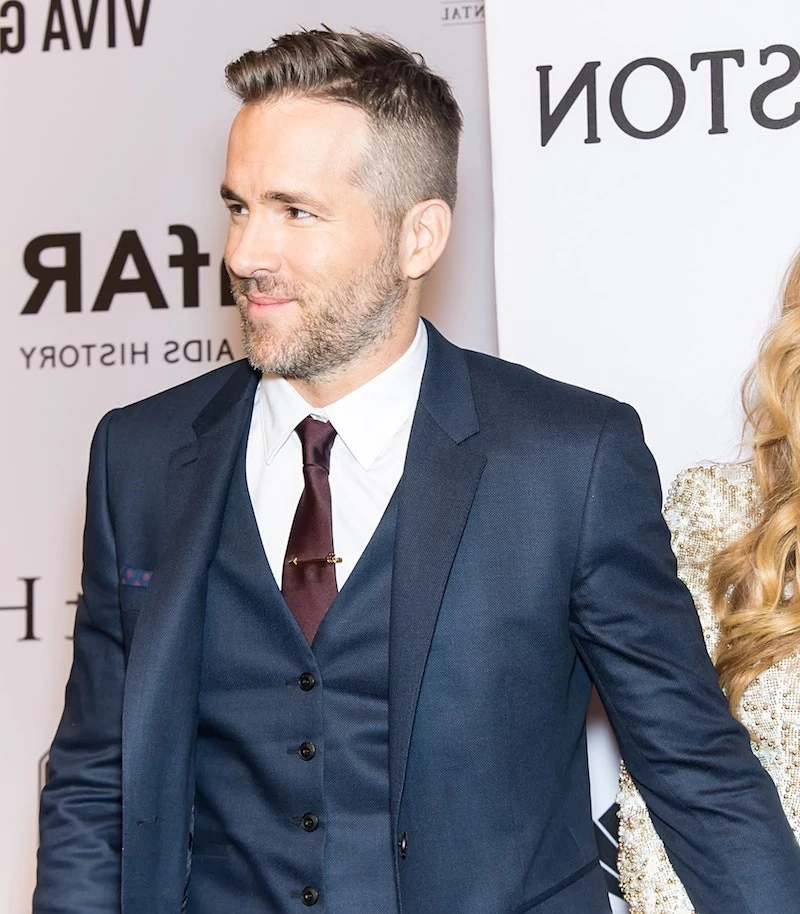
- Fine Hair: Tends to lie flat and can look thin. Super short buzz cuts might show more scalp than you’d like. The best bet is often a textured crop or styles with some length on top that can be styled to create an illusion of thickness. Pro tip: Avoid heavy, oily products; they’ll just weigh it down.
- Coarse Hair: This hair has a mind of its own and tons of natural volume. It’s perfect for structured styles like a flat top. But it can be stubborn. Trying to slick it back smoothly might take a stronger product and some quality time with a blow dryer.
Density: How Much Hair You’ve Got
Density is different from texture. It’s all about how many hairs are packed into each square inch of your scalp. You can have fine, high-density hair (a ton of skinny hairs) or coarse, low-density hair (fewer, thicker hairs). A good barber figures this out right away. High-density hair makes for an amazing, sharp skin fade. But on low-density hair, a skin fade can look a bit patchy. A softer taper is often a much better call to keep the look full.
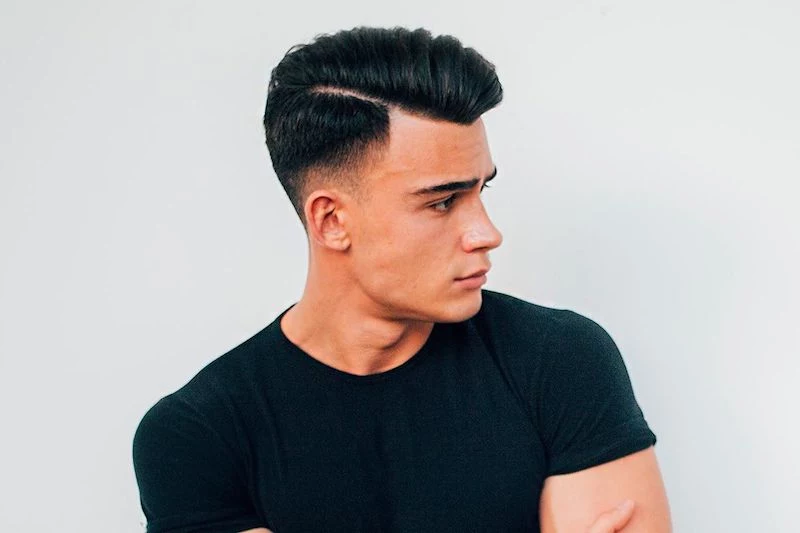
Cowlicks and Other Annoyances
Everyone’s got ’em—those whorls at the crown or the stubborn cowlick at the front that refuses to cooperate. Here’s a secret: you can’t beat a cowlick into submission. You have to work with it. Sometimes that means leaving a little extra length and weight in that spot to hold it down. Other times, it means leaning into it and making it part of a messy style. A lazy barber will just buzz over it, causing it to stick straight up. A good one will spot it, point it out, and come up with a game plan.
A Pro’s Look at Timeless Haircuts
Now that you’ve got the basics, let’s see how they apply to some classic cuts. I’ll break them down just like I would for a new barber.
The Buzz Cut: Not as Simple as It Looks
A buzz cut isn’t just taking one guard and going to town. A quality buzz cut often uses a slightly longer guard on top (like a
3 or
4) and a shorter one on the sides (like a #2), finished with a clean taper at the neckline and sideburns. That little detail is what separates a professional job from a DIY bathroom job. It’s a great look for guys with a strong jawline and good head shape, or for those with thinning hair since it minimizes contrast. You’ll need a touch-up every 2-3 weeks to keep it sharp.
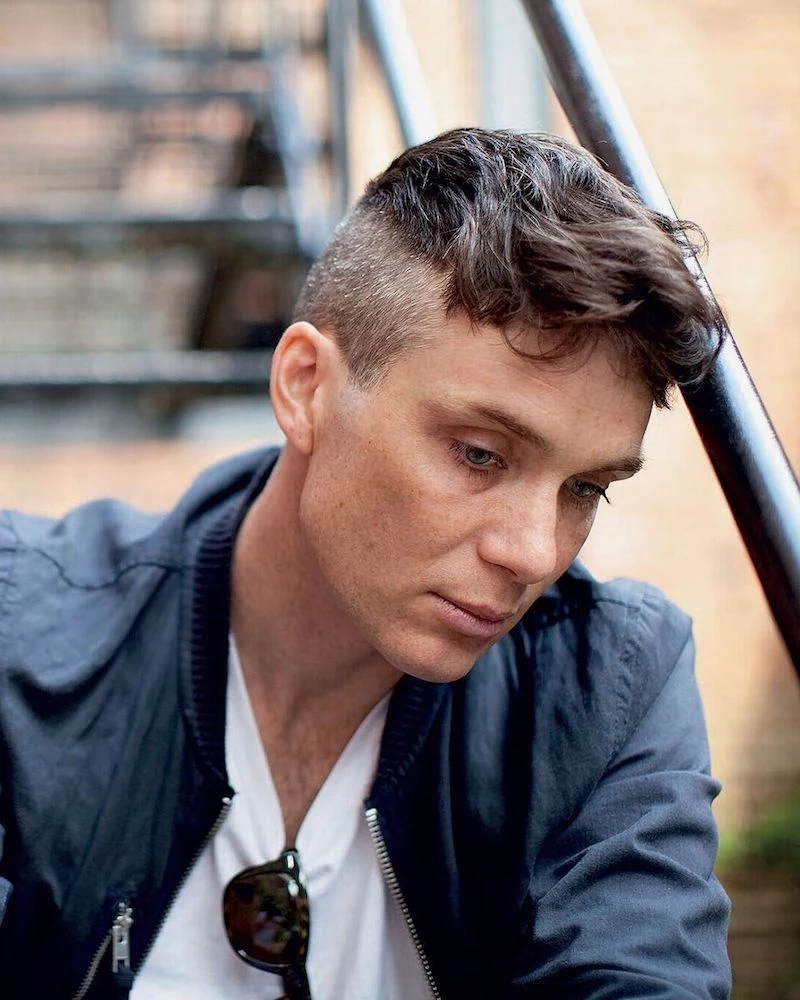
The Crew Cut: The Ol’ Faithful
This is the go-to for a reason—it just works. It’s short on the sides and back, with enough length left on top to style. The key is the smooth blend, usually done with clippers on the sides and scissor-over-comb work to connect to the top. It’s a clean, professional look that never feels dated. For styling, a dab of matte paste or cream (usually costs between $15 and $25) worked through towel-dried hair is all you need for a natural finish.
The Textured Crop: Modern and Sharp
This style is hugely popular. It features a crisp fade (usually a mid to high skin fade) for high contrast, paired with a choppy, textured top that’s often styled forward. To get that texture, we use point cutting or a texturizing razor to create separation. It’s amazing for guys with fine hair because it creates instant volume. The fade needs re-doing every 2-3 weeks to stay clean. For daily styling, a sea salt spray ($10-$20) adds grit, and a matte styling powder at the roots provides that piecey, all-day hold.
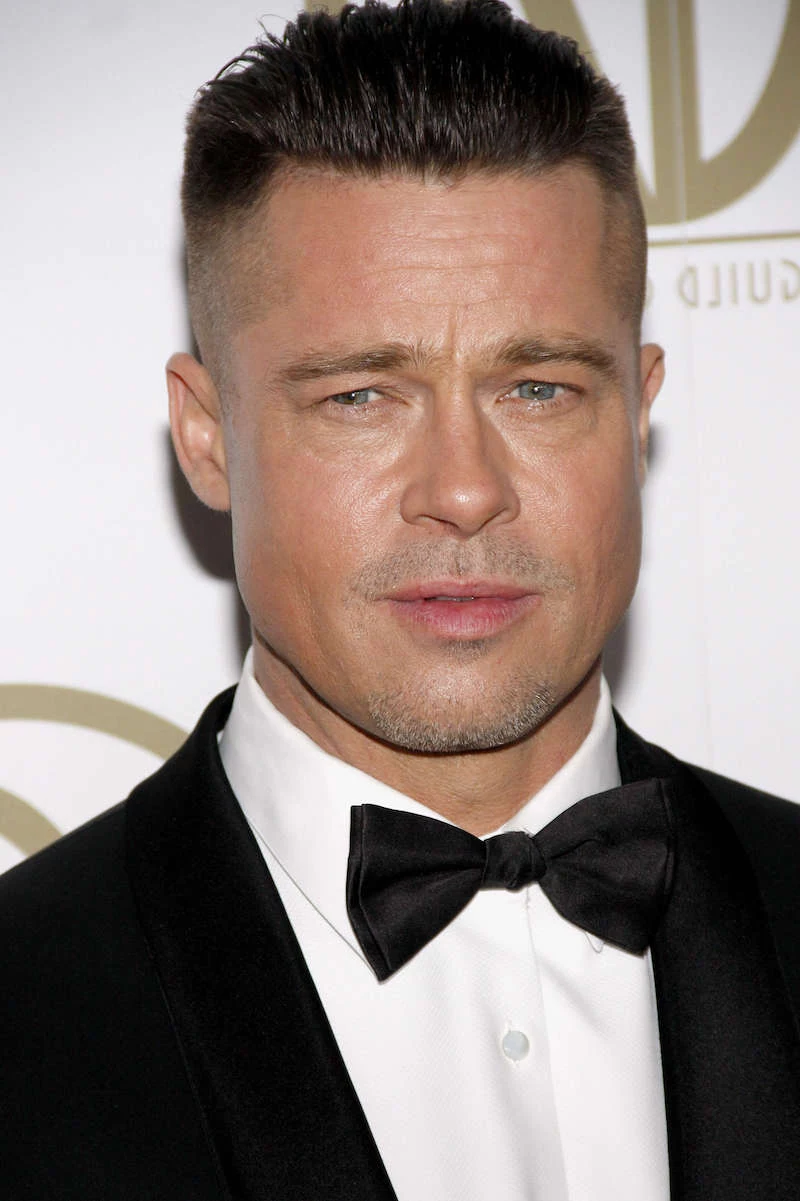
The Hard Part: A Deliberate Detail
A hard part isn’t a haircut, but an add-on: a clean, shaved line that defines a side part. A pro uses the corner of a detailer trimmer to etch a very thin line. A common mistake is making it too thick, which looks weird and grows out badly. And please, I’m begging you, don’t try this at home with a razor. I can’t tell you how many guys I’ve seen come in with a jagged, crooked line they tried to carve themselves. It’s so much harder than it looks, and I’ve seen some nasty nicks. Let your barber handle it.
Finding a Pro and What to Expect
My profession is built on skill, but it runs on trust. Here’s what you should look for and expect from any quality barbershop.
The Cost and Time Breakdown
Quality takes time and costs money. A quick buzz cut might take 20-30 minutes and cost around $25-$35. A classic scissor cut with a taper could be 40-50 minutes and run you $35-$50. A detailed, sharp skin fade? That’s an art form. Expect your barber to take a full hour, and the price will reflect that skill, usually landing in the $45-$65 range. If a shop is advertising 15-minute skin fades, that’s a huge red flag.
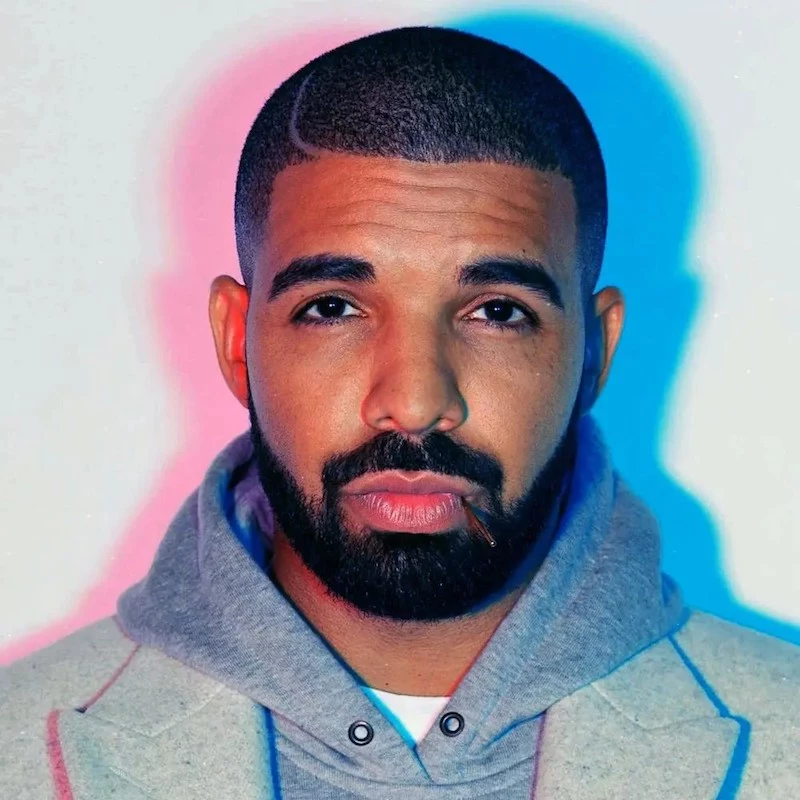
Quick tip to save some cash: If your cut is still looking good but the edges are getting fuzzy, ask your barber for a “line up” or “clean up.” It’s usually cheaper (around $15-$20) and can buy you another week or two before you need a full cut.
How to Find a Great Barber
Don’t just walk into the first place you see. Do a little homework. Look up barbershops in your area on Instagram or booking apps like Booksy or Squire. Check out their photo portfolios—do their cuts look clean? Are the fades blended seamlessly? Also, look at pictures of the shop itself. Does it look clean and professional? Reviews are your friend here. Seeing consistently good feedback is a great sign.
Sanitation is Everything
This is non-negotiable. Every tool should be sanitized between clients. Combs and scissors should be soaking in that blue liquid you see in jars (a hospital-grade disinfectant). Clippers should be brushed clean and sprayed with a disinfectant. Listen for the psssshht of the spray can between clients—it’s the sound of a pro who cares about your health. If you don’t see this happening, walk out and find a new barber. Seriously.
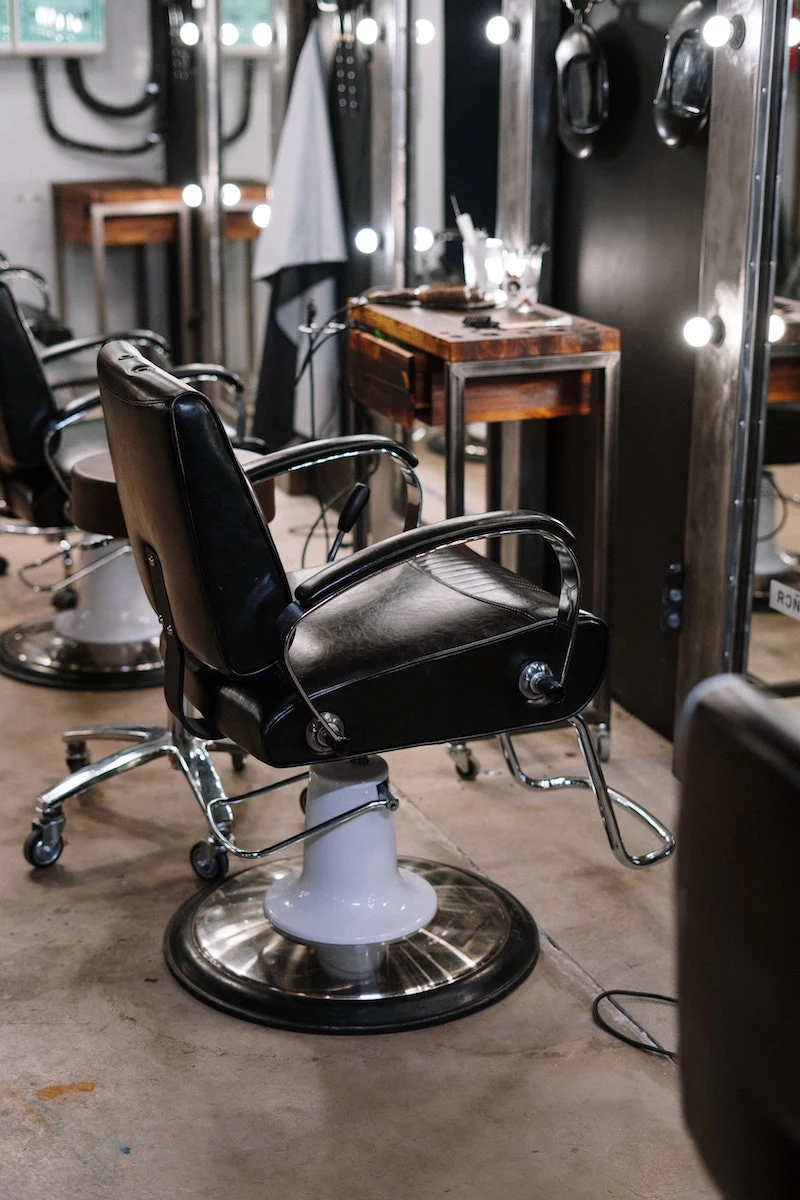
Don’t Forget to Tip!
This is a question I get all the time. Tipping etiquette in a barbershop is just like at a restaurant: 15-20% is the standard. If your barber just spent an hour giving you a flawless fade and made you feel like a new man, show them some love. It’s always appreciated.
Ultimately, your haircut is your choice. But it’s a choice that’s always better when you’re armed with good information. Take this knowledge, find a barber you can really talk to, and start a conversation. That’s the real secret to finally getting the perfect haircut, every single time.
Inspirational Gallery
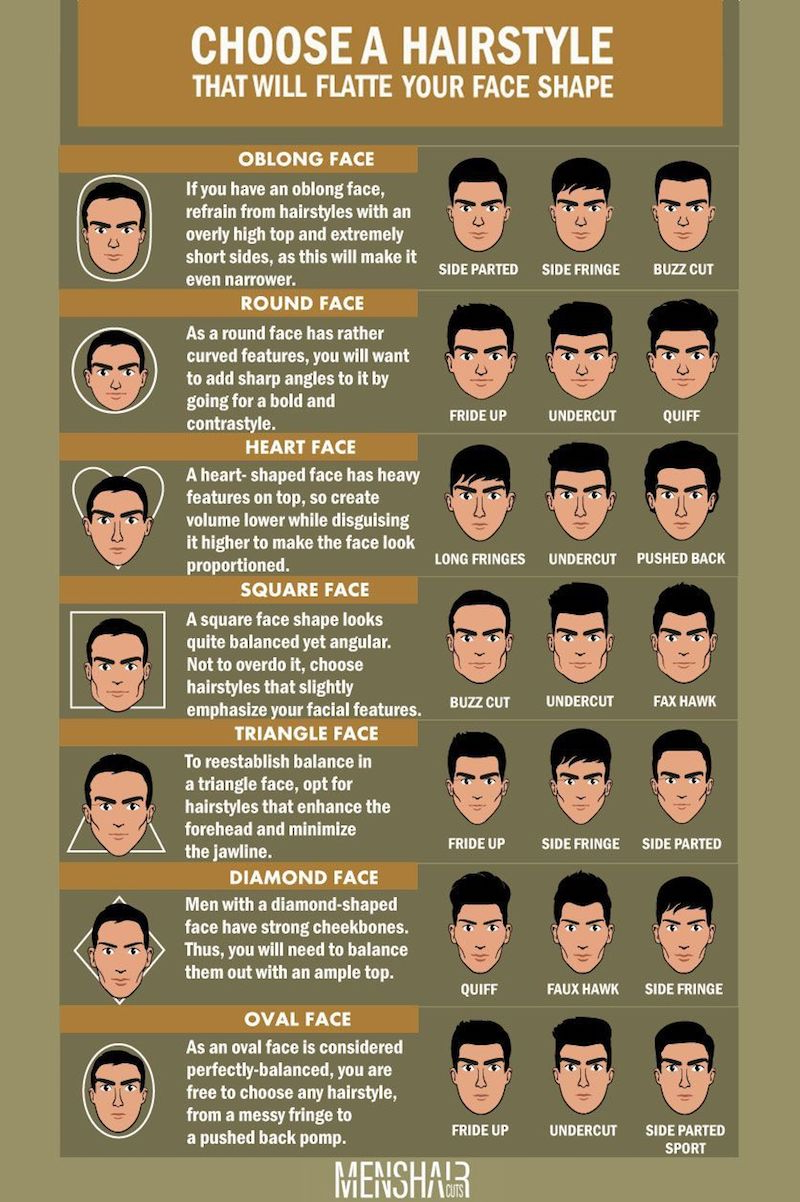
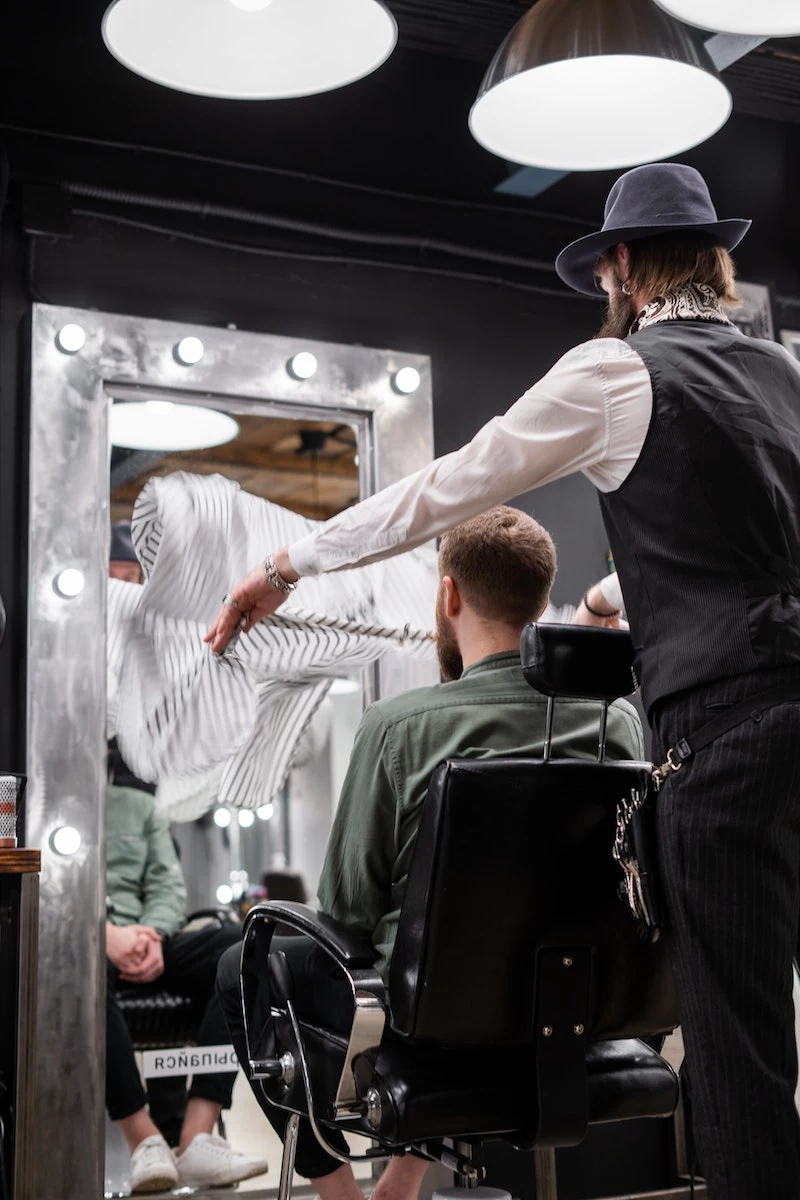
The Neckline’s Final Word: The finish at the nape of your neck is as crucial as the fade itself. A blocked (or squared) neckline offers a sharp, clean-lined look but can grow out awkwardly. A tapered (or faded) neckline follows your natural hairline, blending down to the skin for a softer, more natural grow-out that often looks better for longer.
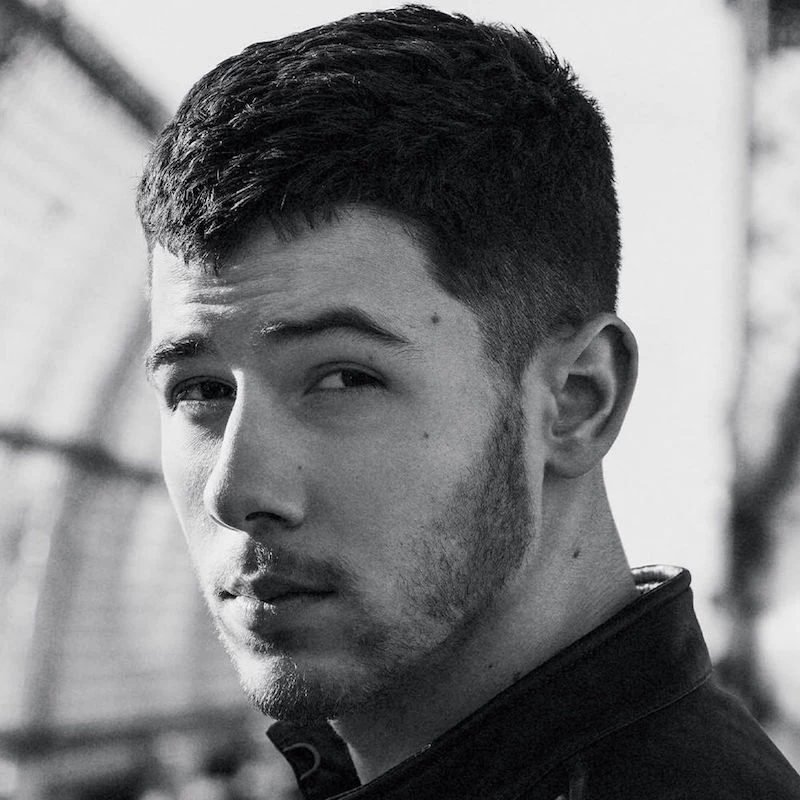
The average human hair grows at a rate of about half an inch (1.25 cm) per month.
This might not sound like much, but it’s why a sharp skin fade starts to lose its edge in just over a week. Understanding this growth cycle helps you time your appointments to keep your look consistently fresh, especially for shorter, more precise styles.

What about the dreaded cowlick?
A stubborn cowlick isn’t a flaw; it’s a growth pattern to be managed. A skilled barber won’t try to fight it, but rather incorporate it into the cut. Leaving a little extra weight and length in that specific area can help hold it down. Forcing it too short is often what makes it stick up defiantly.

Your pre-cut prep can make a huge difference. For the best possible result, follow these simple steps before you even sit in the chair:
- Arrive with clean, dry hair, free from heavy products. This gives the barber a true sense of your hair’s natural texture and fall.
- Avoid wearing a hat for at least an hour beforehand, as it can create strange patterns and flatten your hair.
- Have your inspiration photos saved and ready to go on your phone.

- A style that holds its shape all day.
- Volume and structure, even in fine hair.
- Protection from the heat of a blow dryer.
The secret? A pre-styling product. Applying a grooming tonic or sea salt spray, like the one from Uppercut Deluxe, to damp hair before drying builds a foundation that makes your finishing pomade or wax work ten times better.

Pomade: Typically offers a slick, high-shine finish perfect for classic styles like a pompadour or side part. Best for controlling thick, unruly hair. Think of the classic oil-based formulas from Reuzel or modern water-based ones from Suavecito for easy washout.
Matte Clay: Provides a natural, low-shine or matte finish with a strong, pliable hold. Ideal for creating texture and volume in shorter, messier styles. Brands like Hanz de Fuko and Layrite Cement Clay excel here.
Your choice depends entirely on the desired finish: sleek and polished or textured and natural.
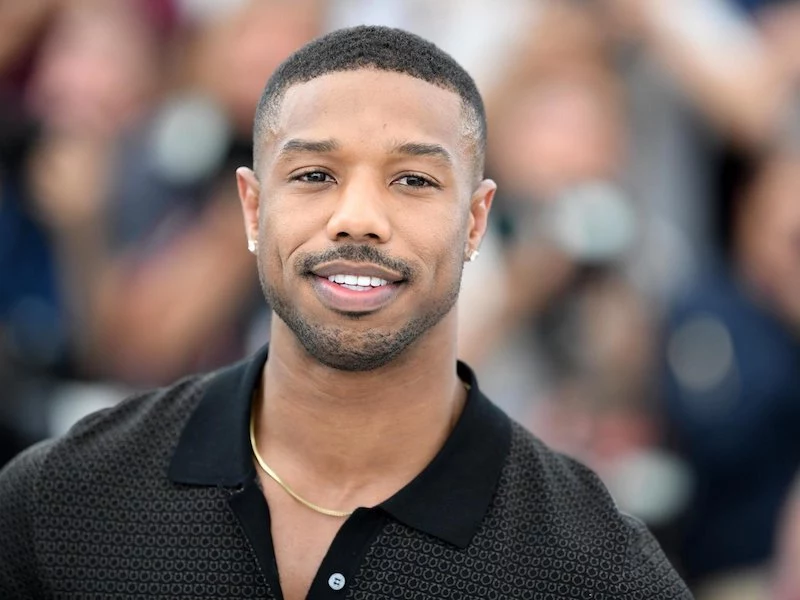
The modern barbershop revival is heavily influenced by the Prohibition era of the 1920s, where illegal speakeasies often had a barbershop as a legitimate front. This history is reflected in the classic decor and premium service of today’s top shops.
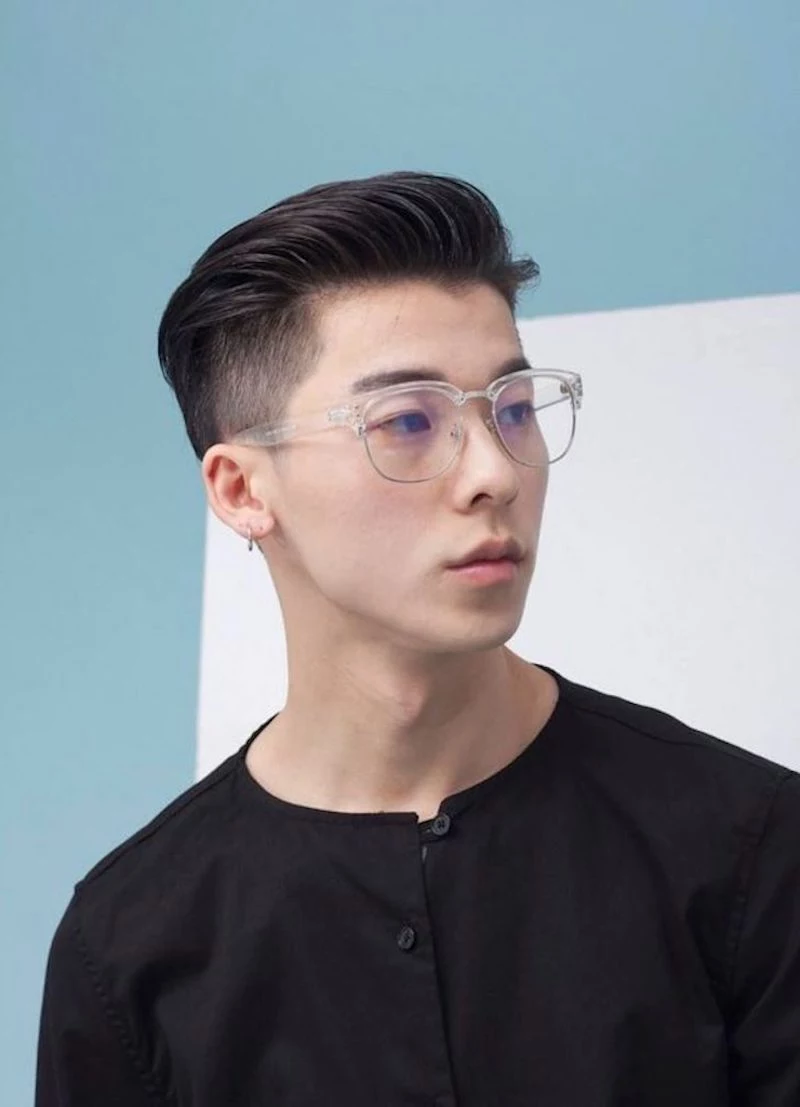
Don’t neglect your scalp. A healthy scalp is the foundation for healthy hair. Product buildup from waxes and clays can clog follicles, leading to irritation or weak hair. Using a clarifying shampoo once a week, like American Crew’s Power Cleanser, can deeply clean the scalp without stripping essential oils, ensuring your hair grows strong.

The unsung hero of barbering: Texture. It’s the difference between a flat, lifeless haircut and one that has movement and character. Your barber creates this using specific techniques:
- Point Cutting: Snipping into the ends of the hair with scissors to soften blunt lines and create a more piecey look.
- Thinning Shears: These specialized scissors remove bulk from thick hair without reducing the overall length, making it lighter and easier to style.
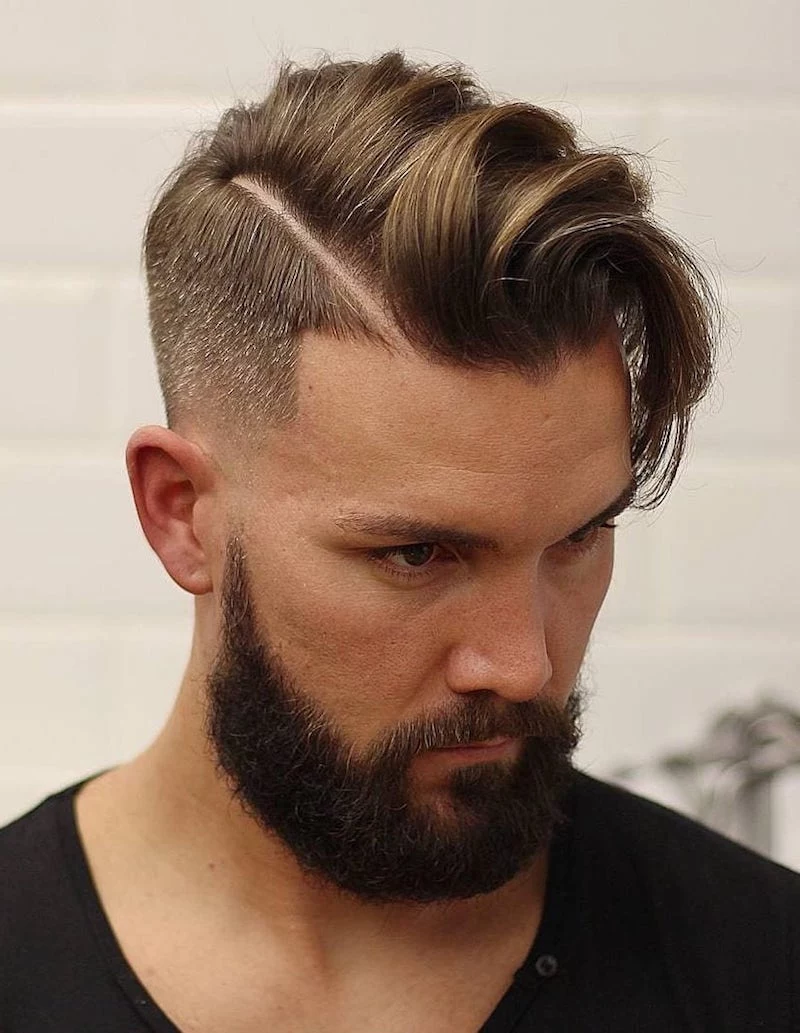
Should I talk to my barber during the cut?
Absolutely, but with a caveat. While chatting is part of the experience, avoid excessive head movements, especially during detailed work around the ears and neckline. The best time for conversation is during the initial consultation and the less-precise parts of the cut. When the clippers or straight razor come out, staying still is your best contribution to a sharp result.
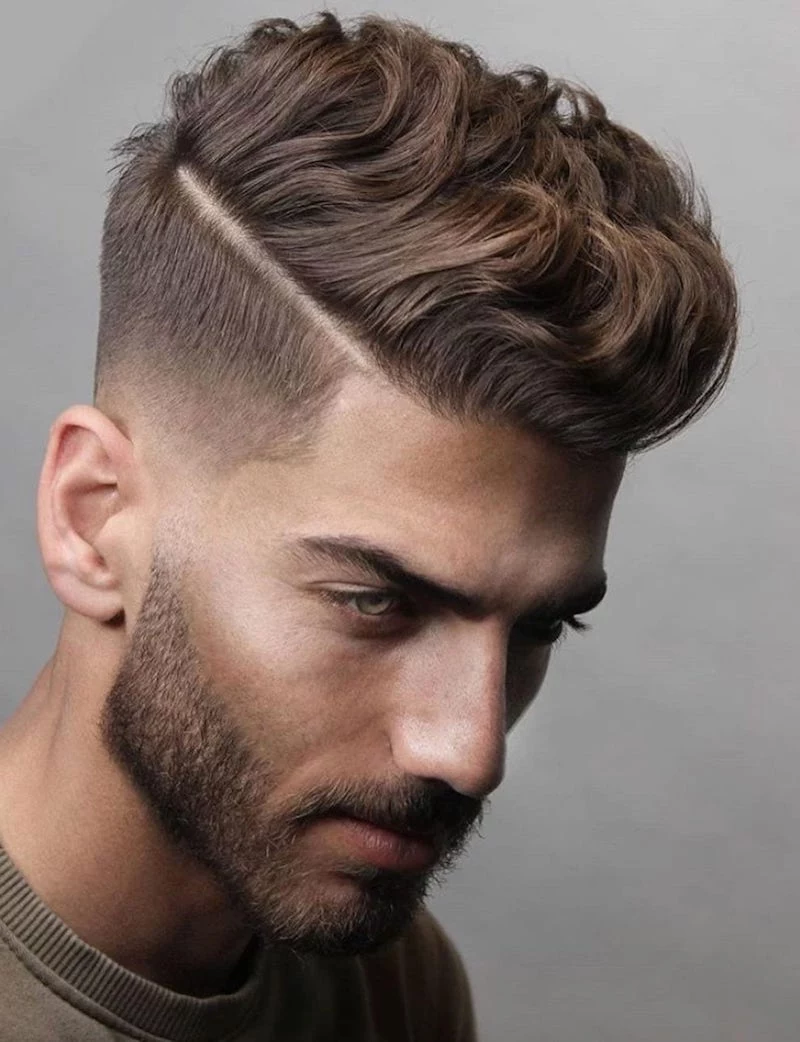
Your face shape is your guide: A great haircut balances your features. An oval face can handle almost any style. For a round face, aim for height on top and tighter sides to add length. For a square face, softer, more voluminous styles can soften a strong jawline, while sharp, angular cuts can accentuate it.
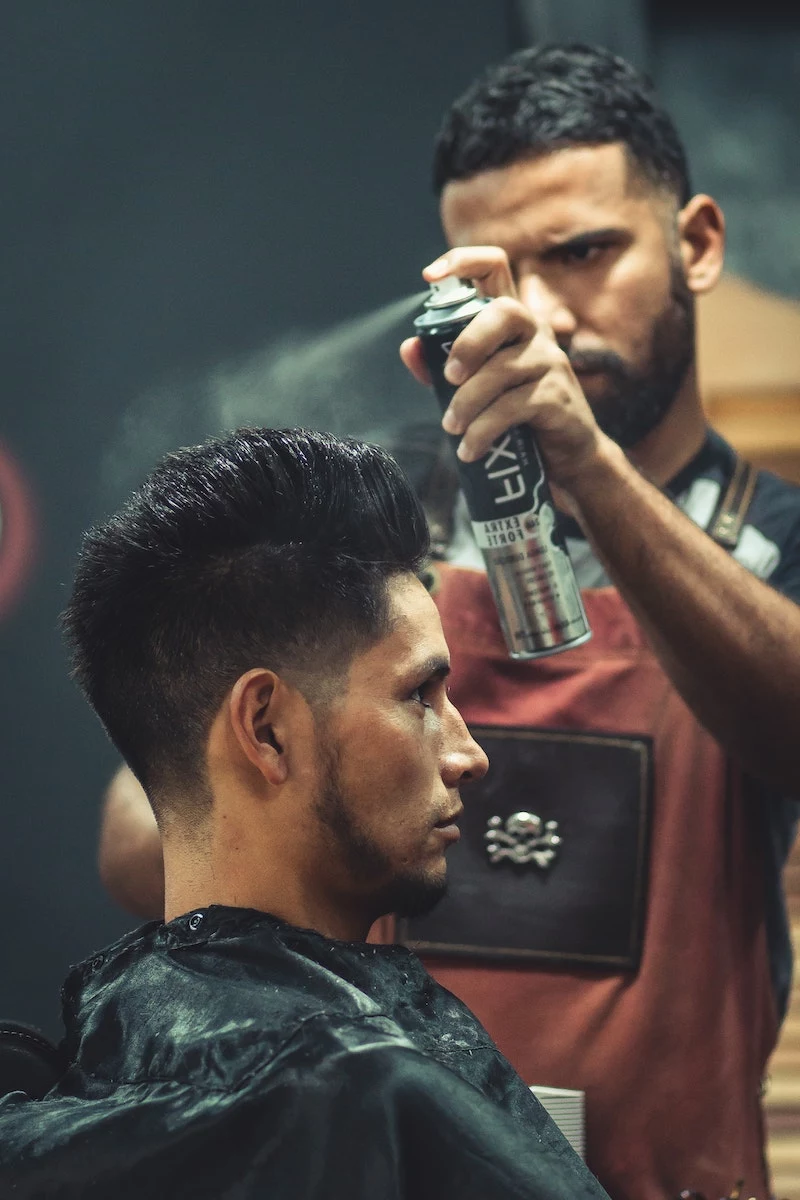
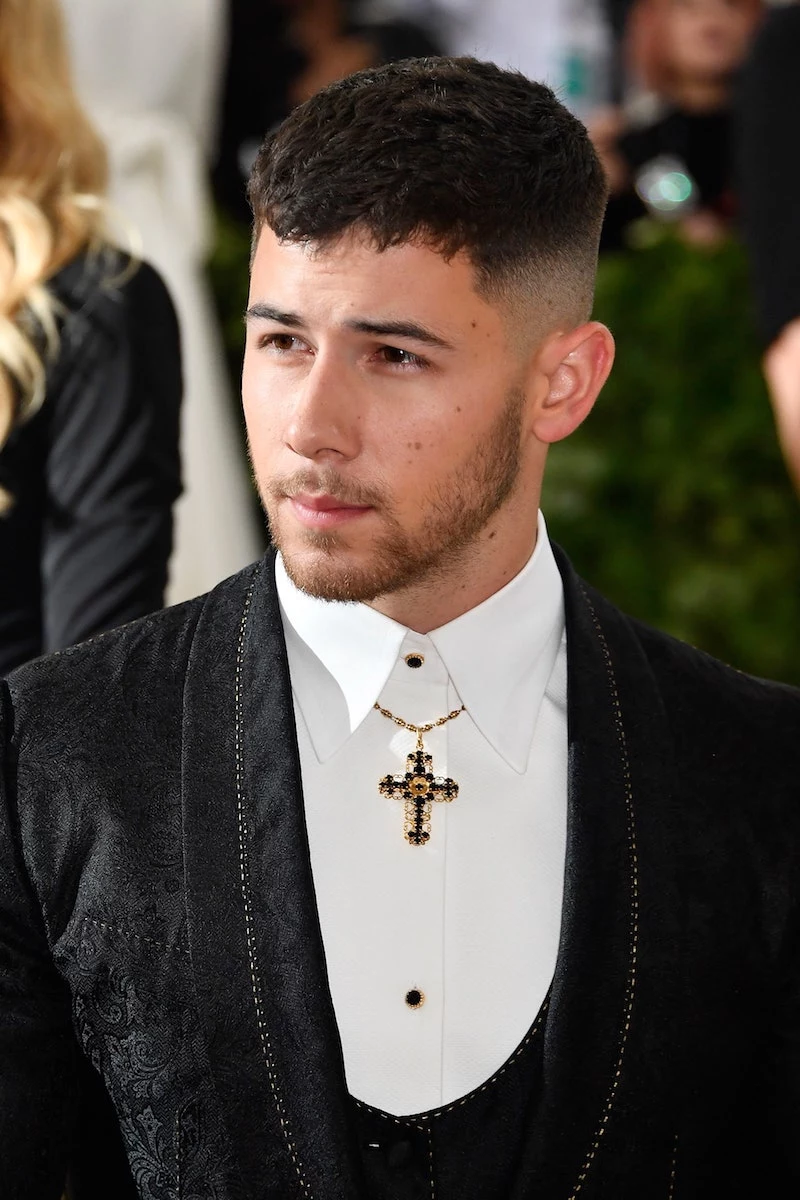
A study by Wahl Professional found that 65% of men feel more confident after getting a fresh haircut.
This isn’t just about looking better; it’s about the psychological boost that comes from investing in yourself. That feeling of sharpness and control when you walk out of the barbershop can translate into how you tackle the rest of your day.
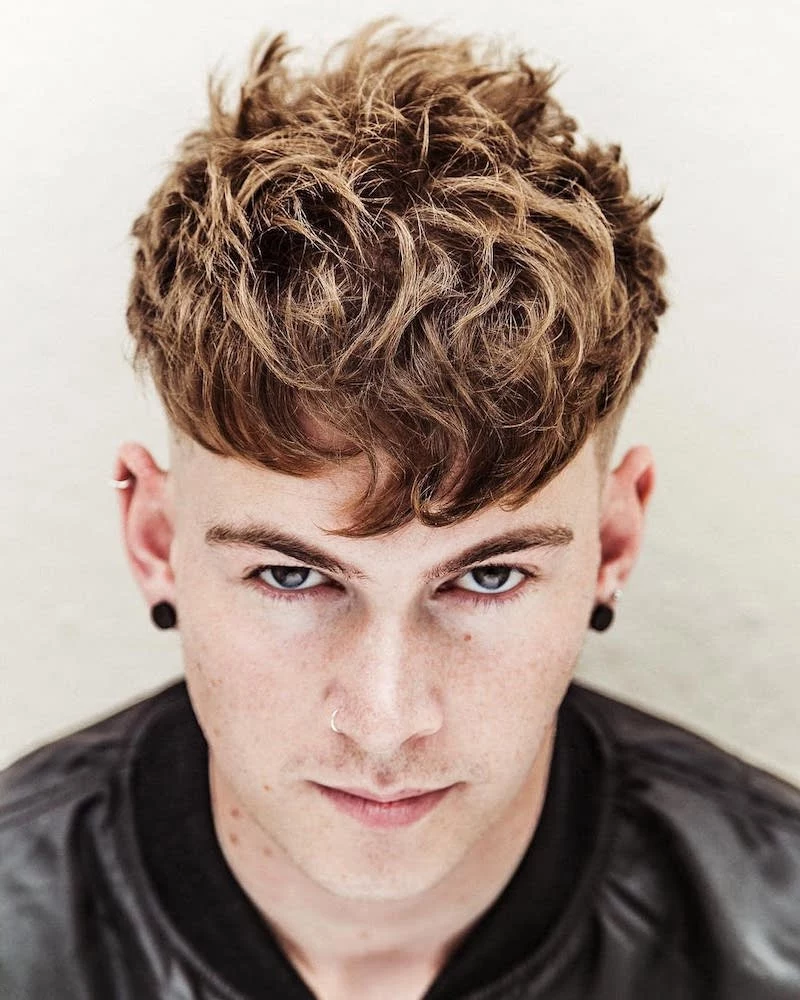
- Keep your neckline clean with a quick pass of a personal trimmer every few days.
- Ask your barber if they offer complimentary neckline clean-ups between appointments. Many do!
- Use less product. A good cut shouldn’t need to be cemented in place.

The beard is not separate territory: A great haircut can be undone by an untidy beard. Always ask your barber to blend your sideburns into your beard for a seamless transition. This small detail, known as a ‘beard fade,’ connects the two and creates a polished, cohesive look that elevates your entire style.

Thinking about a Buzz Cut? It’s more than just one length all over. The Induction Cut (the shortest, no-guard style given to military recruits) is brutally minimalist. A Burr Cut uses a #1 or #2 guard for a slightly softer, velvety look. For a more stylish take, ask for a ‘faded buzz,’ where the top is kept slightly longer (like a #3 or #4) and the sides are faded down.

Is it worth investing in a good blow dryer?
Yes, especially if you have hair longer than an inch on top. A blow dryer isn’t just for drying; it’s a styling tool. By directing the airflow, you can command your hair into a shape—creating volume in a quiff or smoothing a side part—that product alone can never achieve. It sets the foundation for a style that lasts all day.
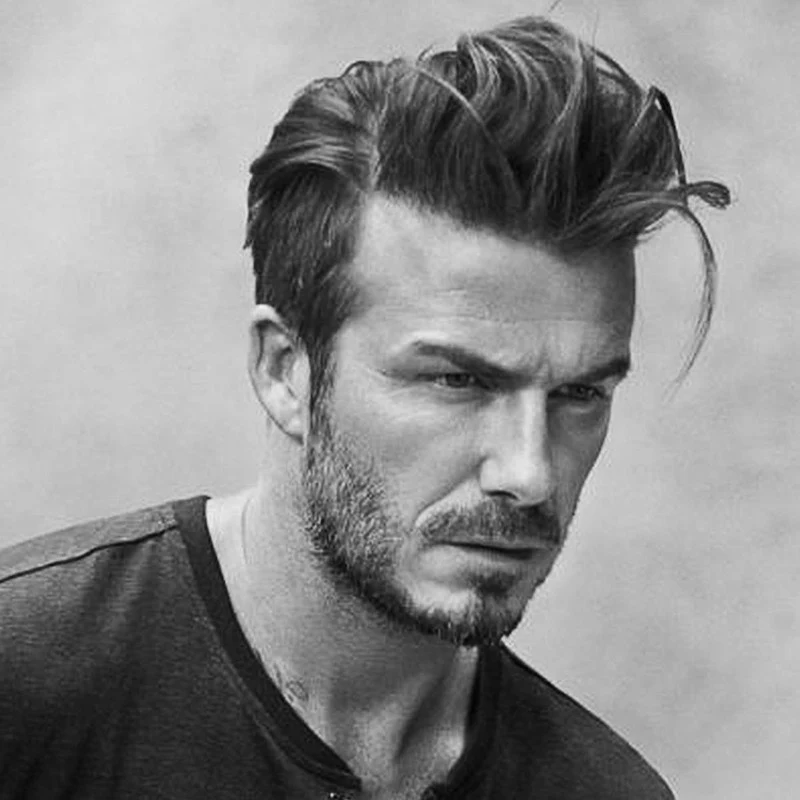
- They ask detailed questions about your lifestyle and how much time you spend on your hair.
- They explain *what* they are doing and *why* during the cut.
- They offer advice on how to style the cut at home with specific products.
The takeaway? A great barber is a partner, not just a service provider. They are invested in you looking good long after you’ve left their chair.

High Fade: The blend begins high up on the head, typically at or above the temple. It’s a bold, high-contrast look that provides a very clean, sharp profile. It’s often associated with modern pompadours and undercuts.
Low Fade: The blend starts much lower, just above the ear, curving around the hairline. It’s a more conservative and subtle option, offering a clean finish without being as dramatic. It’s perfect for professional settings.
The choice is a matter of personal style, from statement-making to understated.
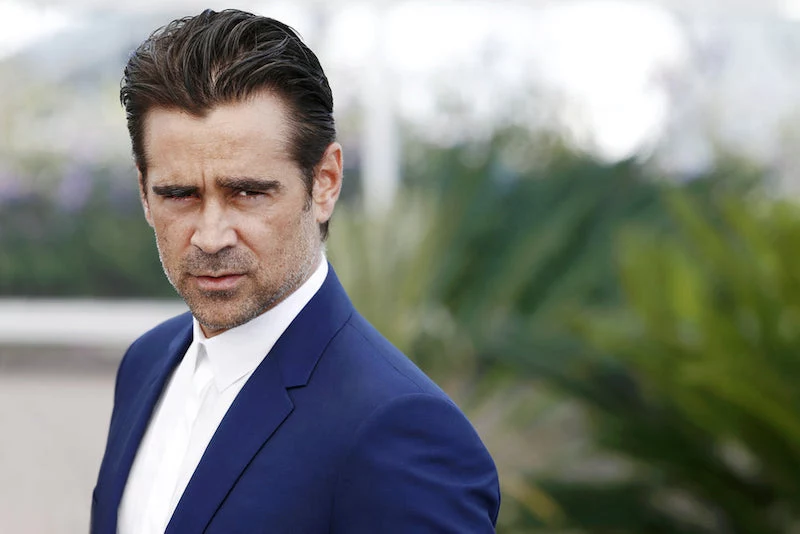
Don’t be afraid to mention your
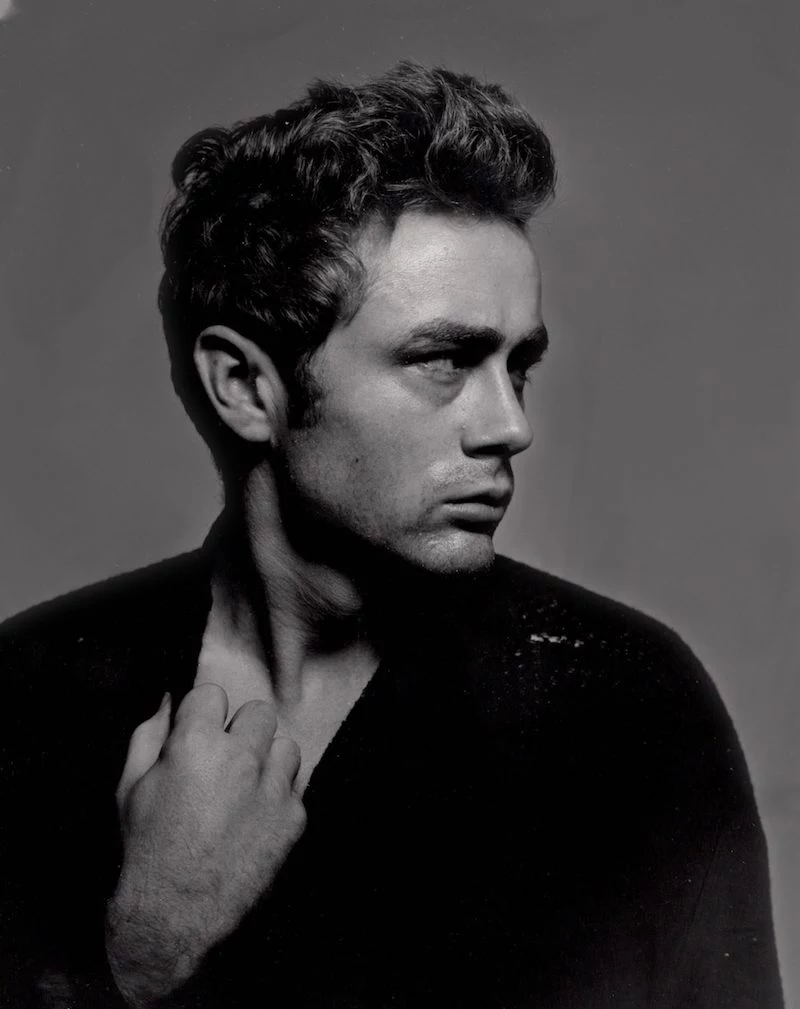
The myth of daily washing: Washing your hair every day can strip it of its natural oils (sebum), which can lead to a dry, itchy scalp or, paradoxically, an overproduction of oil to compensate. For most men, washing every 2-3 days with a quality shampoo is the sweet spot for clean, healthy, and manageable hair.
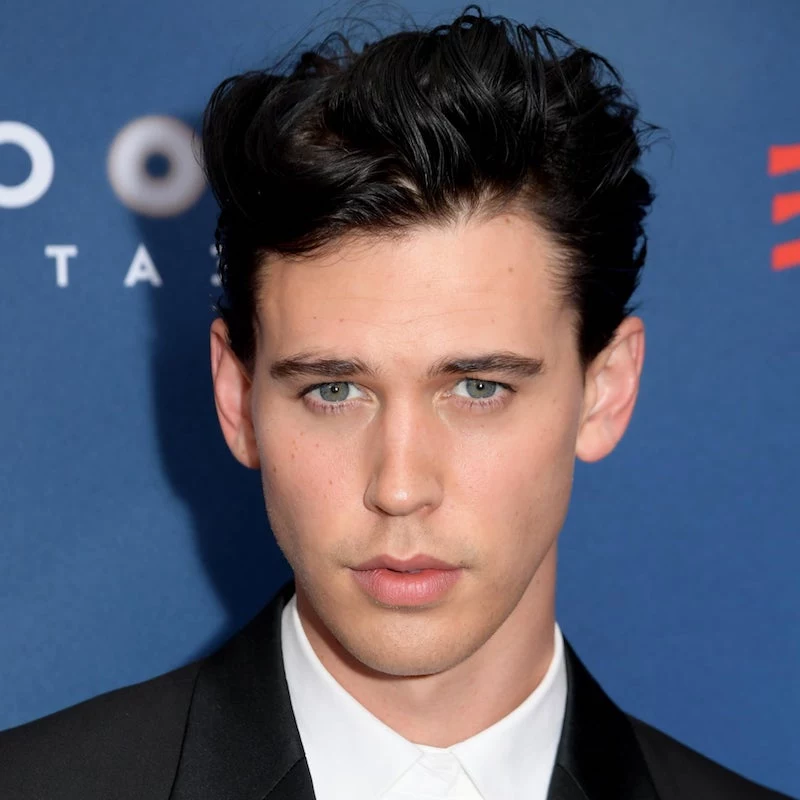
What’s the purpose of that hot towel treatment?
It’s more than just a moment of relaxation. A hot, steamy towel placed on the face or neck before a shave serves a critical function: it opens up the pores and softens the hair follicles. This allows for a much closer, smoother shave with significantly less irritation and fewer nicks from the straight razor.
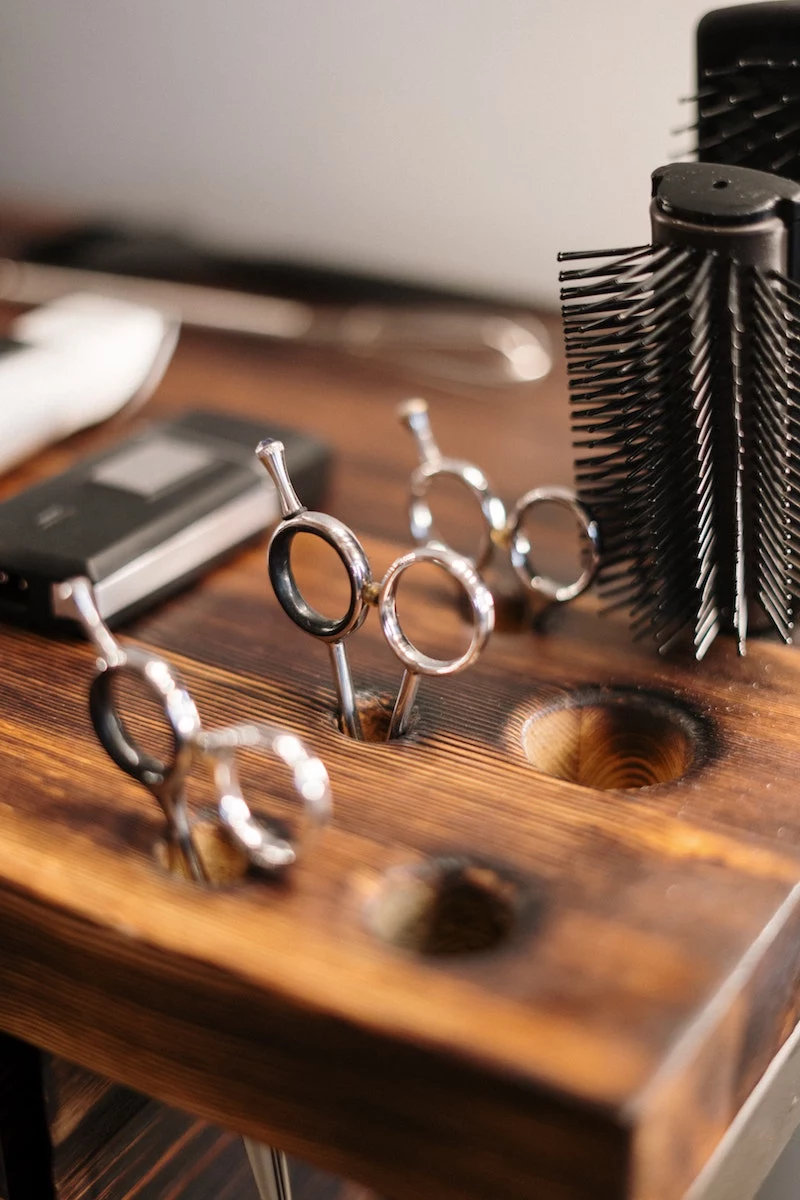
Ever wondered why your barber uses different combs? They’re not all the same. Here’s a quick guide to their primary tools:
- The All-Purpose Cutting Comb: Has both fine and wide teeth, used for the majority of scissor work.
- The Clipper Comb: A wide, flat comb used as a guide for the ‘scissor-over-comb’ or ‘clipper-over-comb’ technique to achieve beautifully blended tapers.
- The Taper Comb: Thin and flexible, perfect for detailed work around the ears and neckline.
A word on product application: Never apply a glob of product directly to one spot. The key is even distribution. Rub a small, dime-sized amount of pomade or clay vigorously between your palms until it’s warm and nearly invisible. Then, work it through your hair from back to front, roots to tips, ensuring every strand is lightly coated before you start styling.










